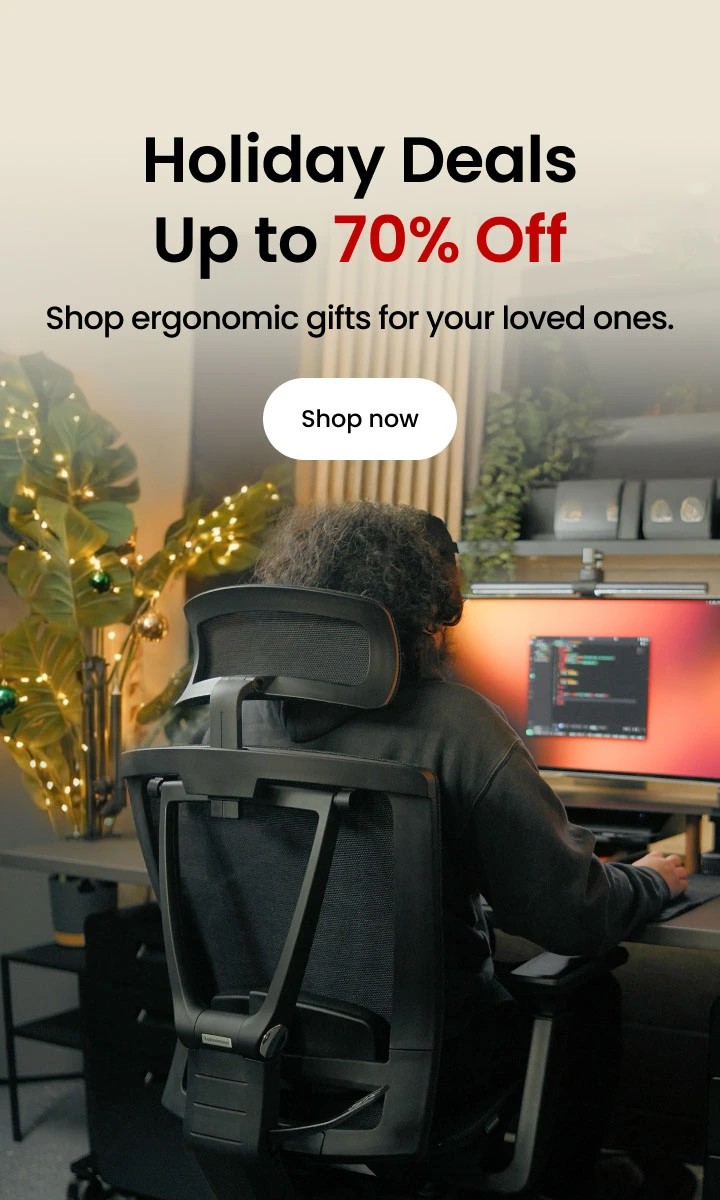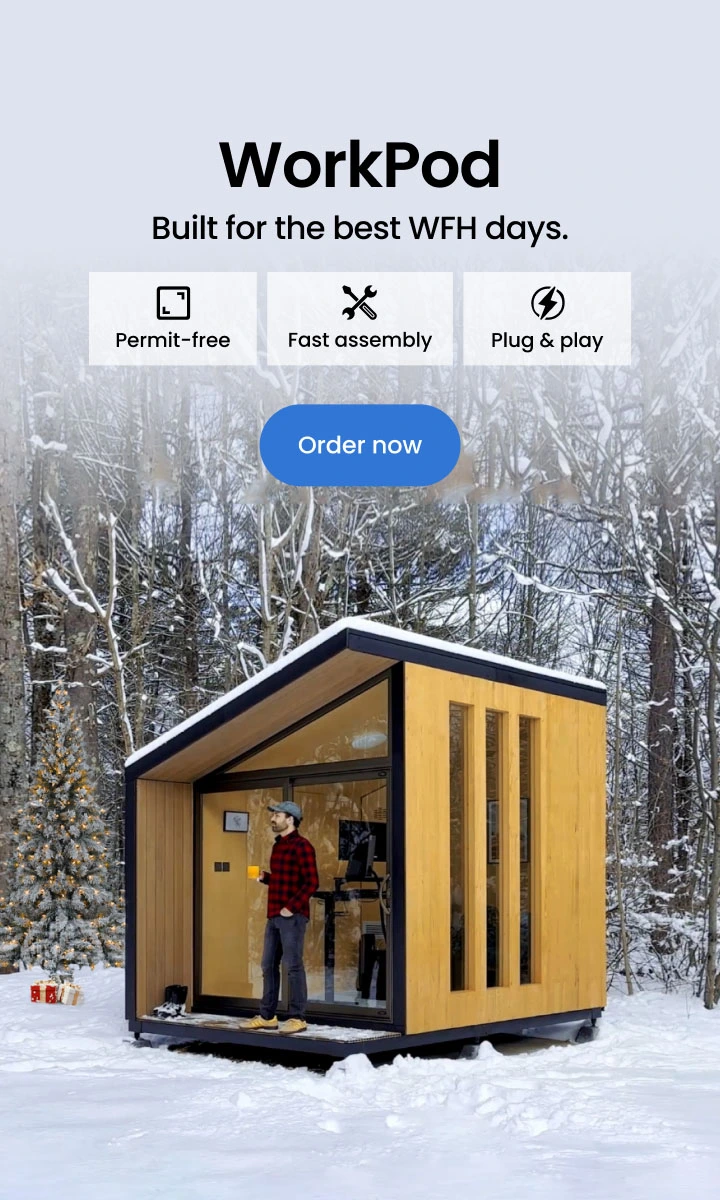
The Most Popular Desk Edge Styles Available Today – Make the Right Choice
Table of Contents
When shopping for an office table, such as a sit-stand desk, the edge of the top is often overlooked. However, as you will see, the desk edge plays an important role in both aesthetics and functionality.
This is usually an important consideration when buying a table with a wooded top rather than, for example, a glass-top standing desk. If you are in the market for a wooden office desk, choosing the right edge for your top is an important decision you may have to make.
The following article will discuss all you need to know about desk edge styles and how to choose the right one for your needs. Read on to find out more!
What Is a Desk Edge?
Also called a table edge, a desk edge is located at the end of the tabletop and plays a big role in the profile of the table. Good furniture manufacturers will spend a lot of time designing the edges of their desks because they understand how important they are.
The right desk edge has to be aesthetically pleasing, strong, functional, and smooth to the touch. This is not an easy combination to achieve, and many manufacturers fail to get the balance right.
In most cases, using quality material is the most important factor when designing a good desk edge. As such, when shopping for the best desk for your office, always consider the type of material that the manufacturer has used.
Six Popular Table and Desk Edge Styles
There are many desk edge designs to choose from, and they will impact how your room or office will look in a much greater way than you can imagine.
If you are in the market for an office desk, consider the following six common types of table and desk edge styles:
Flat Edge
There are certain times when you do not want to draw too much attention to the table and away from the rest of the décor in the room. Using flat table top edges is the best way to achieve this.
As the name suggests, this is a simple design that creates a sharp and flat appearance. When done correctly, a flat edge will help give your desk or table a simple and clean appearance that many people will love, especially when going for a minimalist type of décor.
With a flat edge, you will not get a lot in terms of design or style. This is the most basic type of all table edges. As such, customers who are looking for something more eye-catching will not find a flat edge appealing.
Knife Edge
The edge of the table can be made to gently slope from its original thickness to a sharp edge that resembles a knife. This so-called knife-edge design is very bold and modern. It is found in many of the latest table design trends and is ideal for customers who want to make a statement.
One thing manufacturers have to be careful about is not making the edge too sharp to the point of becoming a hazard. The choice of material is very important here, and many fabricators will go for urethane to try and create a soft edge.
If making a bold first impression on all your guests is what you are after, having a knife edge on your desk or table is a good place to start.
Comfort Table Edge
Is comfort a lot more important to you than style? Then you need to consider the aptly-named comfort table edge. This type of edge design provides a lot of space for users to rest their elbows in the most comfortable way possible. When used in a boardroom table where many long meetings are held, such a feature is vital.
The comfort table edge has also found a lot of use in desks that are made for collaborative work and employee training. In short, any situation that requires maximum comfort above all else will be better served by using a comfort edge.
In terms of aesthetics, the comfort edge has a gentle slope that is designed to look sleek and professional while not drawing too much attention to itself. It is also a very versatile edge that can be used in many different situations.
No-drip Table Edge
In many offices, there are usually a lot of electric cables that run beneath the desks. Spilling your coffee or juice in such cases may have very serious consequences. This is where no-drip table top edges become very useful.
The unique design of this type of desk edge ensures that any spilled liquid remains on the table instead of dripping to the floor. While a huge spill may still make it to the floor, for moderate and small spills, the damage will be avoided or reduced.
Bullnose Table Edge
If you can imagine a less elongated form of the comfort edge, you will have a good idea of what a bullnose table edge looks like. When you need a sleek and professional-looking desk, rounded edges such as the bullnose are the perfect choice.
The great thing about the bullnose edge is that it can fit in well in almost any situation. It is not too bold nor is it too plain, meaning it can blend with a wide variety of décor choices. Also, the bullnose is blunt enough to allow the use of a wide range of materials.
Ogee Table Edge
With the ogee table edge, you get a more intimate and personal look to your desk. In offices where the desk is meant to be the focal point of the entire décor, having an ogee table edge is the best choice.
A good example of where you may use this type of table edge design is on an executive desk. Here, the user usually wants to focus most of the visitor’s attention on the center of the room where the desk is located. The ogee table edge will do a great job of drawing attention to itself.
Choosing the Right Edge for Your Tabletop
Once you understand that there are many desk edge styles that you can consider, it can be very hard to choose the right one for your needs. However, even if you are only buying a small standing desk for your home office, the right desk edge will go a long way in terms of improving functionality and appearance.
The following are some of the important considerations you will have to make:
Overhang
One of the most important aspects of all table edge styles is the overhang. Usually, the desk dimensions can look wider or narrower than they are by playing around with the desk's overhang size. With so much attention being drawn to it, you need to choose the desk edge carefully.
There are times when you may want a wide overhang to accommodate more people or to hide the shelves and drawers from standing view. At other times, you may require a very short overhang so that the beautiful design of the desk can be highlighted.
Depending on what you want to achieve with your overhang, your choice of desk edge style will go a long way in terms of complementing it or undermining your efforts.
Overall Look
The edge of the table has a big effect on the overall look of the desk. It is one of the most eye-catching features of the desk’s profile. If, for example, you have a white standing desk that is meant to blend in quietly with the room, a flat edge may serve you well.
On the other hand, a black office desk with lots of intricate designs may require a knife edge to make it stand out a lot more in the office. You can also use the desk edge to create an illusion of a thicker or thinner desk.
Hardwood or Softwood
One of the most important aspects of choosing the right table edge style is the type of desk materials that have been used to manufacture the furniture. Some desk edges require hardwood while others are better suited to softwood material.
If you are working with softwood, you may find that certain styles, such as the knife edge, are not suitable because of the way the wood is easily dented. The harder the material, the better it is at maintaining its shape and design.
As such, if you have softwood, you may be better off using simple designs, such as flat edges.
Moldings
When choosing the type of edge on your desk or table, you need to consider whether or not you will be including some moldings. In many cases, moldings are added to a table edge to increase its aesthetics or to draw a lot more attention to the profile of the desk.
Many manufacturers include a type of molding to make the edge a lot more unique or personal. The right molding can also add to the illusion of the tabletop being wider or smaller than it actually is.
If you intend to add some molding to your tabletop, make sure you start by choosing the right type of desk edge to support the design. In many cases, the gentle slope of the knife edge makes it a great choice for designers who want to do this.
The Best Ideas to DIY Your Own Desk Edge
While buying a table that comes with a completed desk edge is the common thing to do, there are some cases where you may need to grab the toolbox and do a bit of DIY. Usually, this happens when you feel that the existing edge is not to your liking, or if you want to add a bit more functionality by installing, for example, a no-drip edge.
In either case, if you feel that you can enhance your office style by adding a desk edge, you can try this option. However, you have to be very confident in your DIY skills to pull this off. Creating the perfect table edge is not as easy as it seems. Make one mistake, and you risk spoiling your otherwise beautiful desk or table.
The following are some great DIY styles to consider:
Chamfer
One of the most common ways to DIY a table edge is to create chamfers. This is often an easy table edge modification that can be used to create some light-catching facets on the edge.
You can lightly kiss the corner of the table edge using a plane to create a light chamfer that will enhance the look of this piece of furniture.
Alternatively, you can make deeper cuts with the plane to create a much wider chamfer. This is called a bevel, and some extra detail can be added to it. Another common trick is to create many chamfers on the same edge to give your table a multifaceted desk edge that is unique and stylish.
Roundovers
If your table is in a high-traffic area where it is likely to get dinged by passing people, you may consider creating a roundover edge. A roundover can be made by gently sanding down the sharp edges of the table until it resembles a bullnose edge.
Complex Profiles and Beads
You can use complex profiles and beads if you want your table edges to really stand out. However, you have to be very good with your hands to pull off such intricate designs. As such, this is not a common option for DIY projects.
Final Word
If you want to add a little extra detail to your office desk, rounded edges, bevels, knife edges, and bullnose edges are all great options. You can even get a table with a no-spill edge for added safety. However, you cannot compromise on quality, so always make sure you buy your desks from reliable high-quality furniture brands.
.svg)







